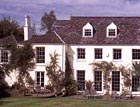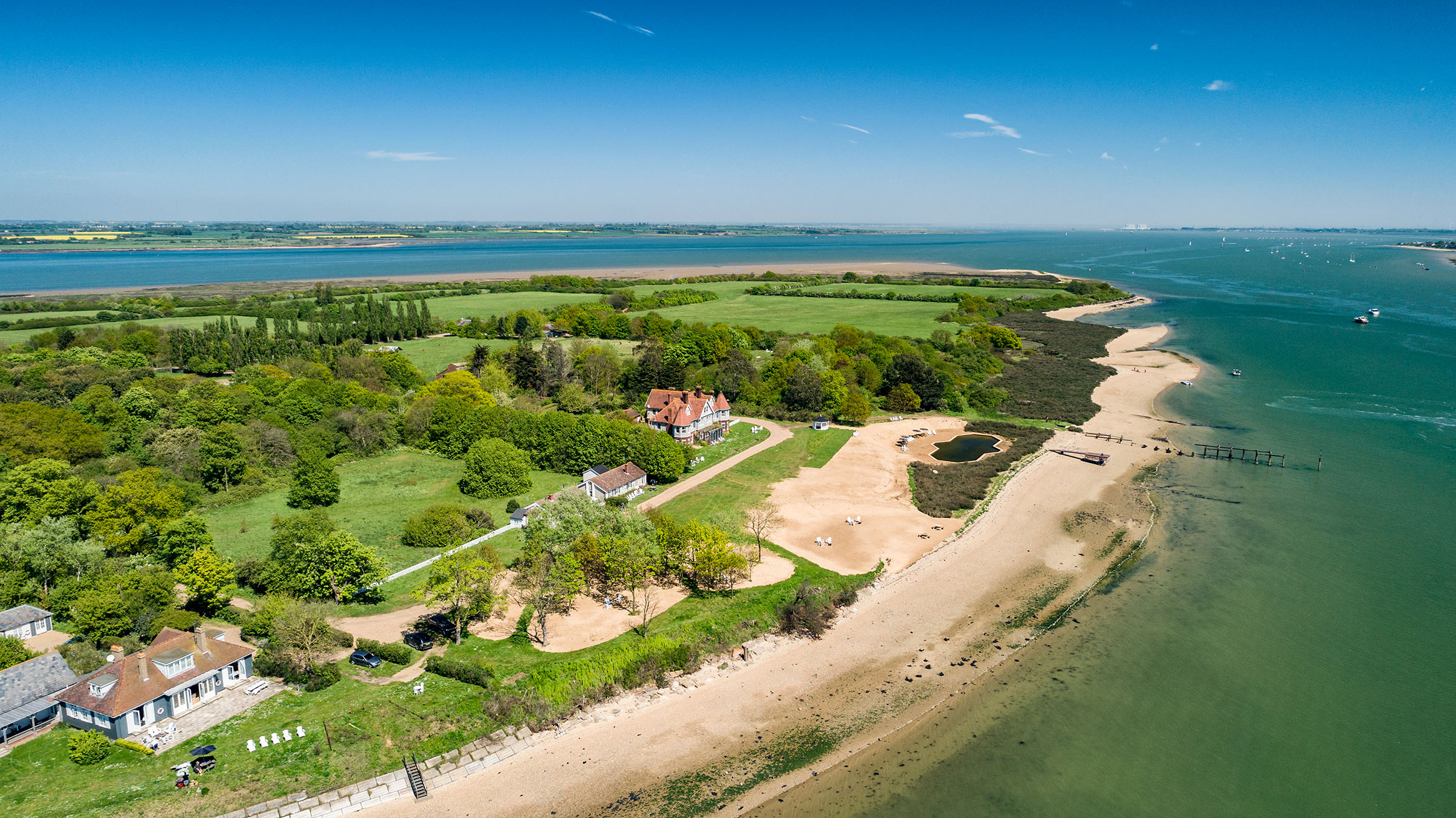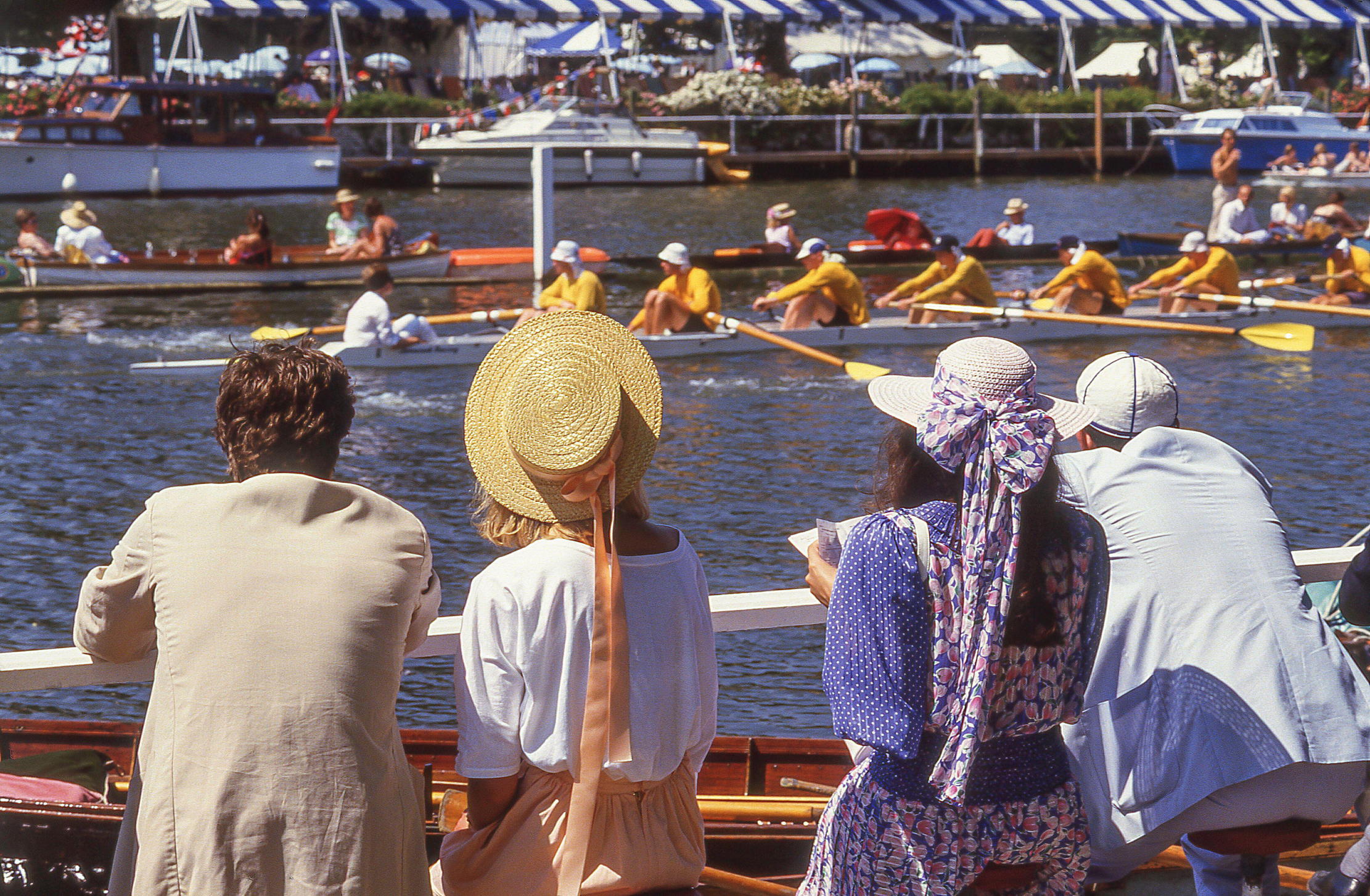House Price Inflation Slows
Nationwide found inflation dropping to single figures again in March, as interest rate rises gently eased demand, although the year-on-year rate remains firm.


Nationwide found house price inflation cooling this month, as the price of a typical house increased by 0.4%, down from February's rate of 1.1%, bringing the annual rate of inflation to single digits at 9.3%. This brings the price of the average UK property to £177,083, £15,000 higher than at this time last year - a rise equivalent to £41 per day. "While the annual rate of inflation has yo-yo-ed over the past few months, the interest rate is clearly softening as interest rates take effect,' said Fionnuala Earley, Nationwide's Chief Economist. She went on to say that leading indicators of house price inflation also suggest that the underlying trend will continue to slow this year. Mortgage approvals and buyer enquiries at estate agents have weakened since the start of the year, she notes, and as a result is expecting that this will continue as the dampening effect of the earlier interest rate rises feed through. Nationwide, however, doesn't see this slowing of inflation as an indicator of gloomy times ahead. On the contrary, Ms Earley expects that the lack of supply will ensure the market stays buoyant: 'In spite of cooling in demand, the UK housing market will remain fairly firm in the short term, partly because of the momentum built in the market that will take a few months to work through, but also because of supply constraints,' she said. Read how Prime Central London is performing here according to Savills' latest report.
Sign up for the Country Life Newsletter
Exquisite houses, the beauty of Nature, and how to get the most from your life, straight to your inbox.
-
 380 acres and 90 bedrooms on the £25m private island being sold by one of Britain's top music producers
380 acres and 90 bedrooms on the £25m private island being sold by one of Britain's top music producersStormzy, Rihanna and the Rolling Stones are just a part of the story at Osea Island, a dot on the map in the seas off Essex.
By Lotte Brundle Published
-
 'A delicious chance to step back in time and bask in the best of Britain': An insider's guide to The Season
'A delicious chance to step back in time and bask in the best of Britain': An insider's guide to The SeasonHere's how to navigate this summer's top events in style, from those who know best.
By Madeleine Silver Published
